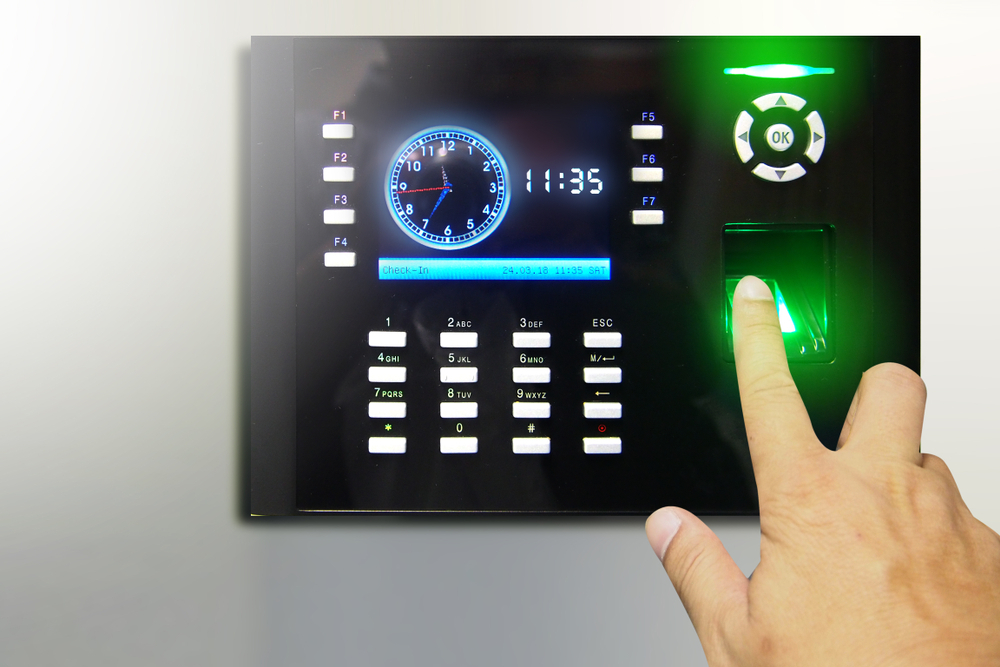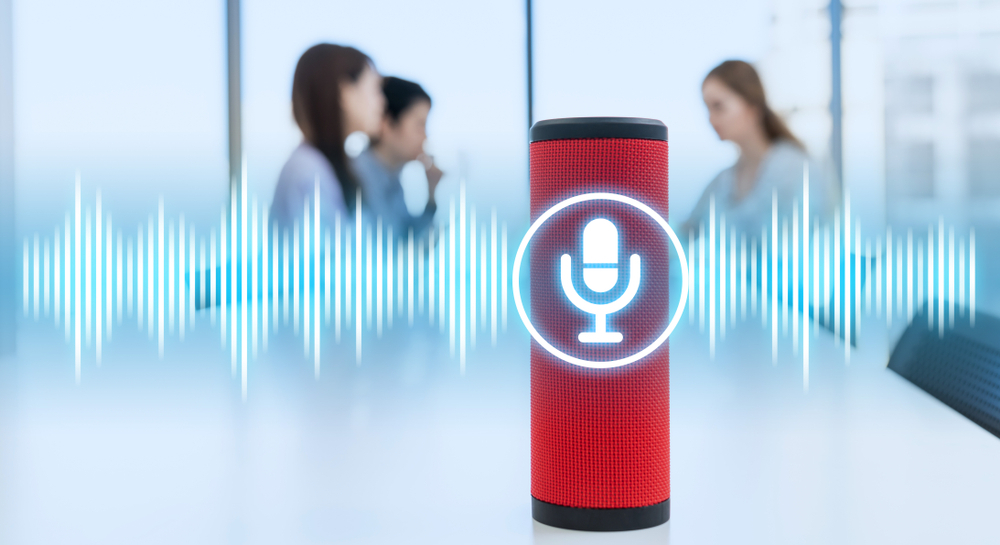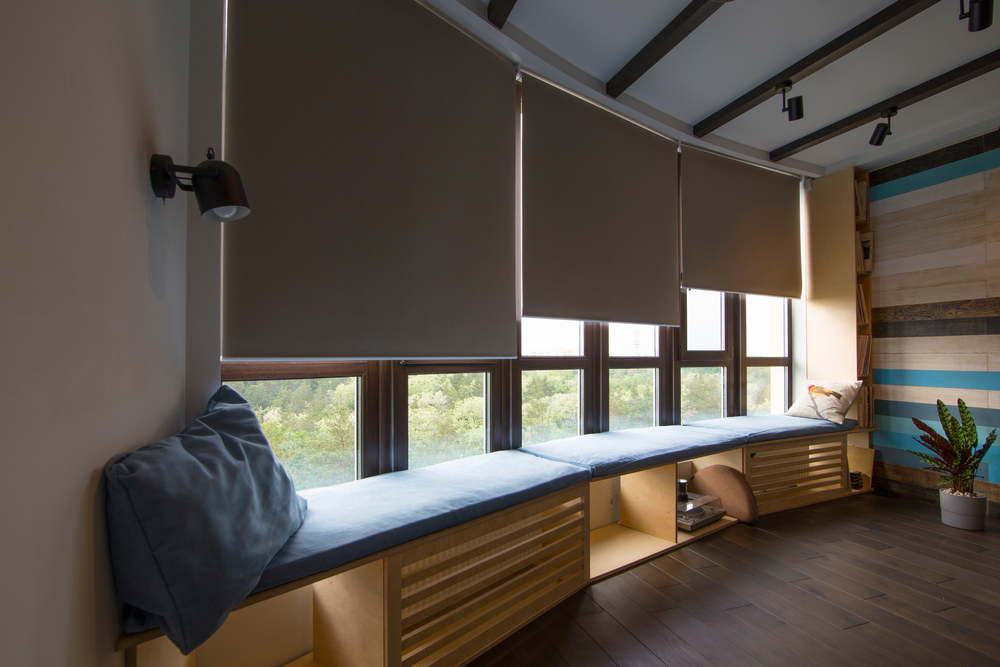Schools/Colleges
This provides a huge scope for Automation and IOT enabled devices to be used in Schools and Colleges as students are well equipped with the Digital world as per the survey conducted.
This provides a huge scope for Automation and IOT enabled devices to be used in Schools and Colleges as students are well equipped with the Digital world as per the survey conducted.
About 70 % students today own smartphones with a larger user base in smaller cities than the metropolitan cities, according to a survey by software services firm TCS. Nearly six out of 10 post-millennial respondents own a smartphone, but what is remarkable is that the difference in ownership patterns between metros (58.50 %) and mini metros (59.36 %) is not much with the smaller cities scoring over the larger ones, TCS said in a statement. The survey was conducted on nearly 17,500 high school students across 14 Indian cities, which revealed that smart devices and unprecedented levels of online access are making this generation the most connected yet. This is changing the way they communicate with each other and transforming both their academic and social lives, it said.
Since after every lecture one has to erase the black board manually which is time consuming and the dust creates difficulty for the individual in breathing and sticks to the hand and clothes. Using automation to clean the blackboard makes it easier for the teachers and professors to save time and concentrate on delivering their lessons.


Taking attendance usually takes 5-10 percent of time allotted for a class which is really valuable. Taking attendance manually brings lots of bias and needs the instructor to remain active. Using automation in taking attendance solves this whole process. Using facial recognition and fingerprint sensors provide accurate capture and record attendance. There is also RFID technology based smart card which can be implemented to take attendance and track children from home to school via SMS alerts.
Sometimes, during the class hours students as well as the teachers get disturbed by the circulars coming in between the class. Using electronic notice boards, important news and information can be shared by the staff outside the classroom via this application and the students get notified during the class hours in case any new information is sent. The electronic notice board can be controlled via smartphone applications.


Manual control of projectors has always been time consuming and requires a lot of intervention. In flipped classrooms, projectors are often used. While changing the classroom to a projector adapting environment, we have to manually roll the curtains down, open the projector screen and switch off the lights. This whole can be done using an android application. By enabling simply an option in the application, all these can be controlled automatically with less time consumption.
Most of the time, students find difficulty in recording notes while listening to the lecture simultaneously. This can be eased using Google voice assistant based notes capturing system that automatically receives the audio commands from the instructor and converts them into texts on a Digital white board or over projector screen. This provides time to listen and focus on the key concepts delivered by the instructor rather than writing the notes while listening.


This is a multifunctional device that can be used as a common screen to show the class notes, eliminate the need to carry heavy books to the classroom.
xMost of the time, when the power supply cuts during the interval or when school hours end, the lights and fan switches remains on which can lead to unnecessary power usage. This can be Automated using simple devices as used for home Automation purposes. The lights and fans automatically turns on based on the students sitting under the confined area of the lights and fans. Similarly, windows can be Automated.


Manually it’s very difficult and time consuming to find the books on the shelves. Automation of the library helps take some of the workload off of librarians and other staff members in the areas of acquisitions, cataloging and circulation, which in turn allows them to better serve their patrons. Traditional methods for handling information are inadequate. In the libraries, there are various methods of handling of information like providing reference service,cataloguing etc. due to the information explosion, these traditional methods of handling information has become inadequate and hence automation is necessary. an implementation framework for employing the IoT in renovating the conventional library systems to become smart online library schemes. The IoT enables connectivity of a physical object (such as a book or other text typologies) with the real-time communication technology by using the RFID tags and tiny sensors. The continuous monitoring of books in real time and the tracking of labeled objects geographically are some desirable characteristics that result from the use of the IoT tags. These characteristics of IoT allow implementing an online library supply chain, integrating it with different types of technologies such as databases, data gathering, and cloud systems. The Internet of Things can also provide a global linking of a huge number of libraries and universities in real time, all the time. It is concluded that the IoT-based library management systems will be a promising structure that can play a vital role in the human data organization and knowledge access by helping researchers, designers, and administrators in a more efficient and smarter manner.